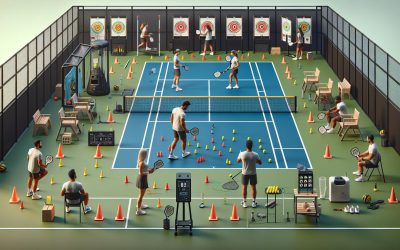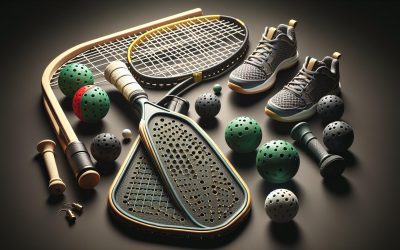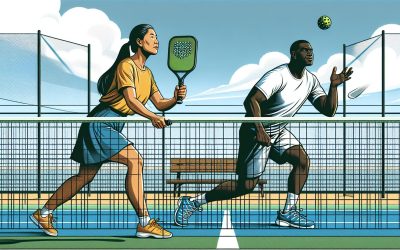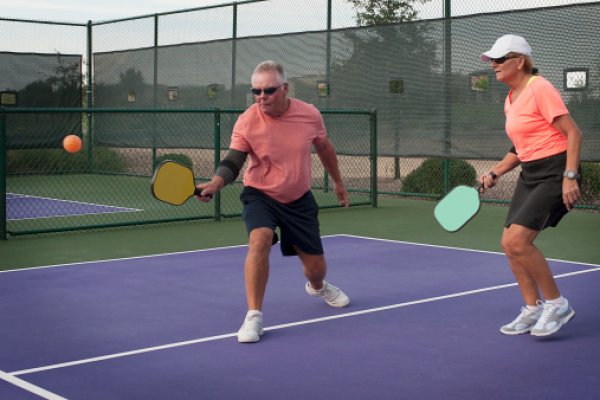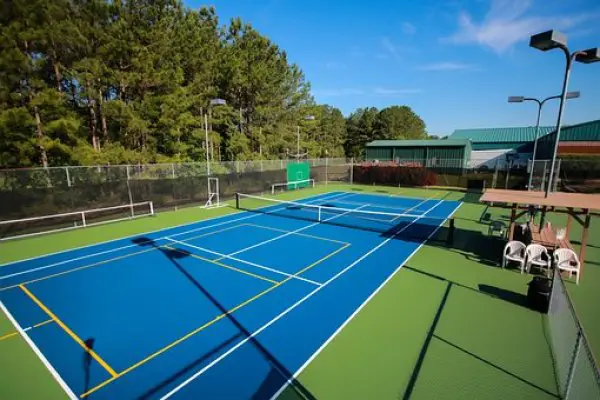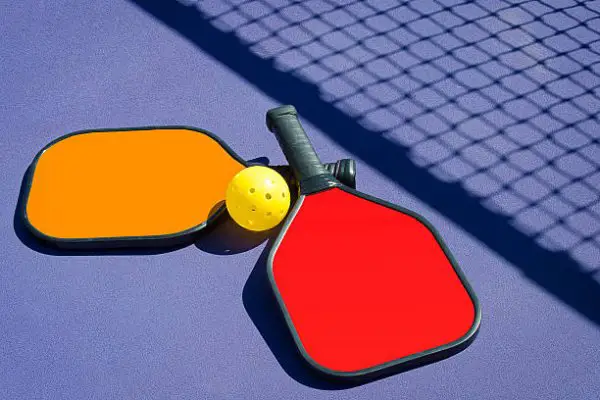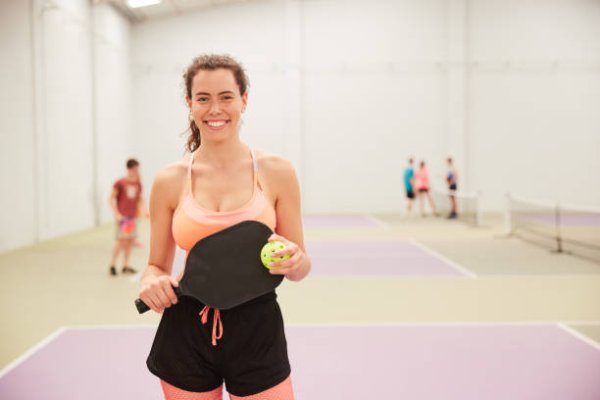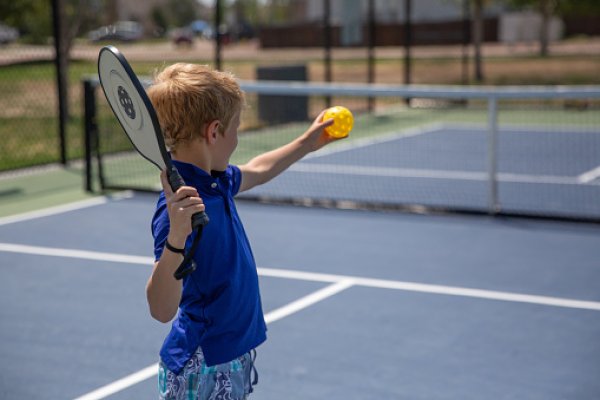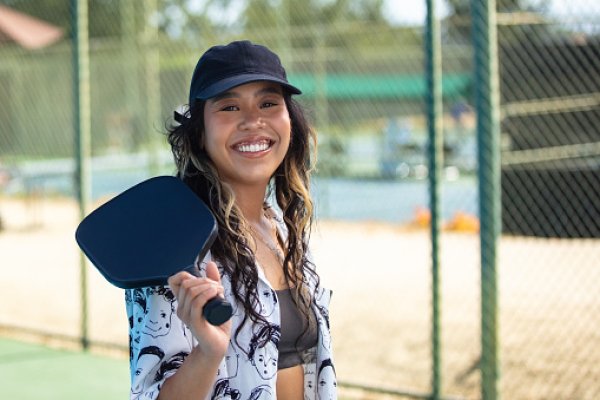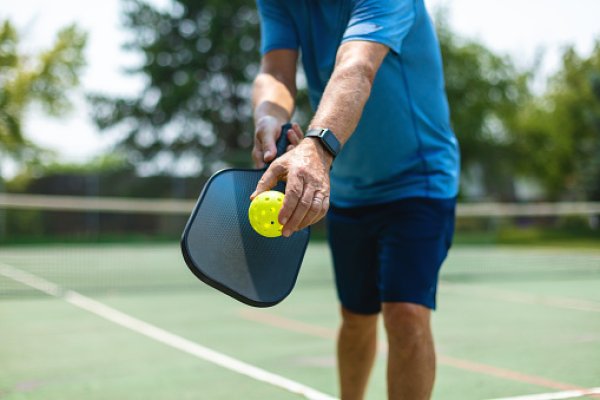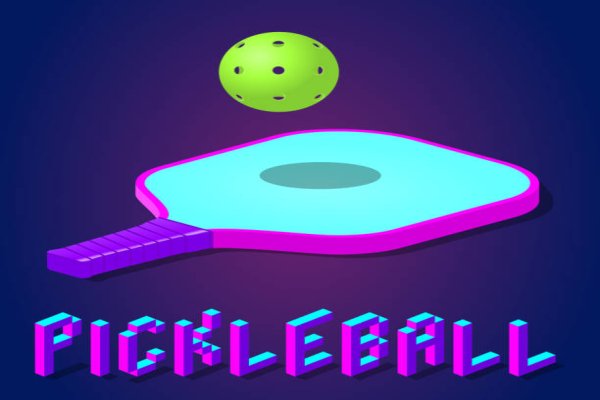PICKLEBALL FOR ALL
Unleash the Fun, Master the Game Serving Smiles on the Pickleball Court!

Invented
Players
Avg Time Played
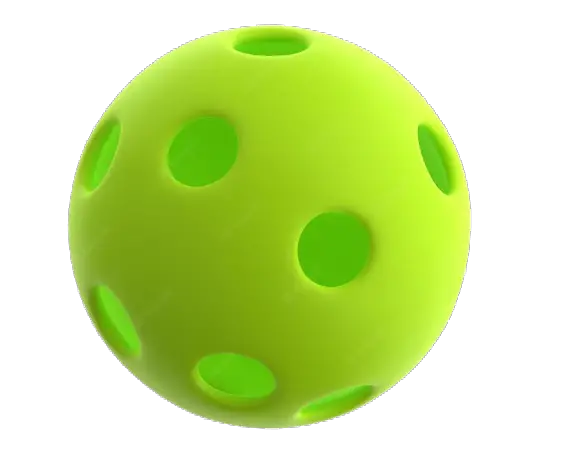

Pickleball 101
Court Size
Pickleball is often described as a more accessible and beginner-friendly alternative to tennis due to its smaller court size and slower ball speed.
Rules
Once the ball is served, both teams must let it bounce once on their side before volleys (hitting the ball in the air) are allowed.
The Game
The game starts with an underhand serve, and the serving team must keep at least one foot behind the backline until the serve is made.
Rules
After the two bounces (one on each side) during the serve, the ball can be played either on the bounce or volleyed as desired.
See Our Latest Posts
Boost Your Pickleball Game: Targeted Drills for Unmatched Accuracy
Elevate your pickleball game with targeted drills designed to enhance accuracy across all gameplay aspects. Discover essential drills for serves, volleys, groundstrokes, and lobs, and learn how incorporating these into your practice routine can boost your technique and control. Get tips on tracking progress, adapting to match conditions, and using technology to gain a competitive edge.
Boost Reaction Time with Top Pickleball Training Exercises
Discover how to elevate your pickleball game with training exercises designed to sharpen your reaction time. From dynamic warm-ups to agility ladder drills and strategic ball exercises, this article explores the essential components of reaction, drills for speed, precision, and coordination, and the role of cognitive training in enhancing your gameplay. Perfect your skills on the court with these expert recommendations for immediate and long-term improvement.
Master Advanced Pickleball Serving Techniques and Tips for Success
Unlock the secrets of advanced pickleball serving with our comprehensive guide. Learn the finer points of power, spin, and soft serves, master their complexities, and discover practical tips and drills to elevate your game. Perfect for players aiming to add a competitive edge.
Boost Your Game: Top Pickleball Equipment Tips for Every Player
Enhance your pickleball game with the right equipment tips! Discover how to choose the best paddles, shoes, balls, and nets for optimal performance. Learn about the differences between outdoor and indoor balls, the importance of durability, and why USAPA-approved gear can make all the difference.
Winning Tactics: Advanced Pickleball Strategies for Tournament Play
Unlock advanced pickleball strategies for tournament success! This article covers mastering the dink shot, optimal positioning, exploiting opponents’ weaknesses, and the pivotal third shot drop. Learn how positioning, mental toughness, and targeted practice can elevate your game. Discover key insights into maintaining focus, adapting strategies, and exploiting fatigue for competitive advantage. Whether you’re a beginner or aiming to dominate the net, these tips will refine your approach and boost your performance on the court.
Win at Pickleball: Top Mental Preparation Strategies for Competitors
Discover essential mental preparation strategies for competitive pickleball, including visualization, mindfulness, and positive self-talk. Learn how to build confidence, focus, emotional control, and resilience on the court to enhance your performance and overcome challenges. Explore the benefits of pre-game routines, managing nerves, and the importance of setting clear goals for success.
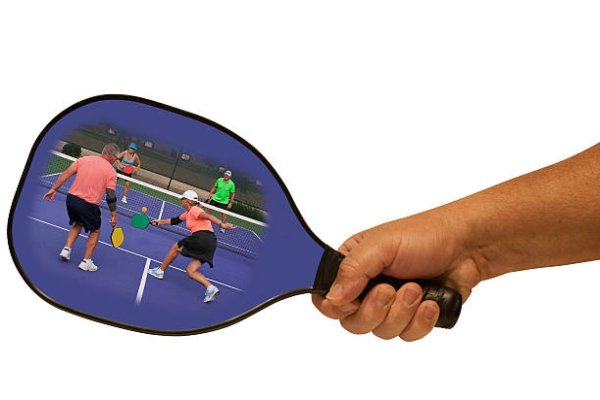
Pickleball Game Facts:
Pickleball is often described as a more accessible and beginner-friendly alternative to tennis due to its smaller court size and slower ball speed.
The game starts with an underhand serve, and the serving team must keep at least one foot behind the backline until the serve is made.
Once the ball is served, both teams must let it bounce once on their side before volleys (hitting the ball in the air) are allowed.
After the two bounces (one on each side) during the serve, the ball can be played either on the bounce or volleyed as desired.
The ball must stay in play and not go out of bounds or touch the non-volley zone (the kitchen) during the rally.
Players can score points only when serving, and if they win the rally, they get to retain the serve for the next point.
Team Size:
Pickleball can be played in singles or doubles format. In singles, it’s a one-on-one game, while doubles involves two players on each team.
Doubles is the most popular format of the game, and it’s often preferred due to its social and team-oriented nature.
A standard pickleball match consists of two teams, each with two players, playing against each other.
The two players on a team work together to cover the court and strategize during the match.
Time Played:
The duration of a pickleball match can vary based on factors such as skill level, game format (singles or doubles), and the scoring system used.
Generally, a pickleball game played to 11 points may take around 15 to 30 minutes to complete.
Competitive matches, especially at higher levels, can last longer, ranging from 30 minutes to an hour or more.
Some tournaments and events may have time limits for matches, ensuring the smooth progression of the overall competition.
Pickleball’s relatively short duration makes it an attractive sport for players who want to get some exercise and have fun without committing to long matches.
It’s worth noting that the duration of a pickleball match can vary widely based on individual playing styles, the pace of the game, and other external factors. As with any sport, the actual time played can be influenced by various circumstances.
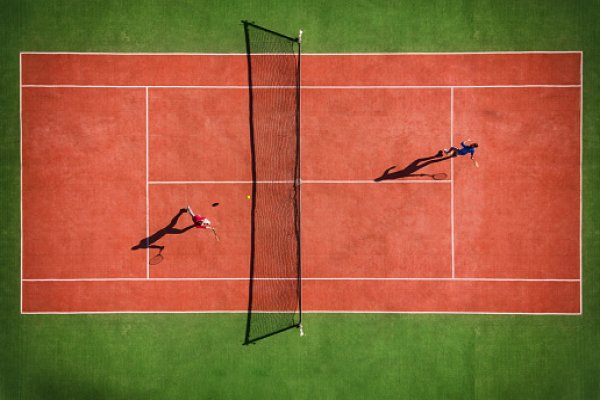
Get in touch (and in shape)

